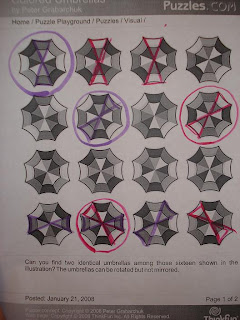The first example is---"Representational" level

Source: http://www.linesandcolors.com/2005/08/22/art-renewal-center/
This painting is strongly representational. We can see and recognize the world in it: there is a visual reality. It is expressed by photographic techniques to communicate the world. Also, there is a believable environment, such as a boat, trees, water, grasses and so on. Every single element seems to be a real object, representational.
The next example is ---"Symbolic" level
Source: http://nyicreation.tripod.com/
This is a symbolic word or code used in an ancient age (Unfortunately, I do not know where it was used or found.) There is a meaning, which indicates a certain message or information. Its structure is simple, indeed. But, it is symbol of something to communicate at the same time, as it appears to be the sun, tree, or human being (at least I can see it in that way.)
The final example is --- "Abstract" level"

source: http://zacharybrown.wordpress.com/2008/05/
This is abstract image, which represent "Morning." I could see the morning sky, the moon, the sun, and those lightning. Although all of these elements represent a certain object, they are totally not realistic details which does not happen ever. This picture more focus on its mood, tone, and symbols. There is a high contrast between objects and background.







.jpg)
















